Comprehensive Examination of Stock Return Data and Analysis
VerifiedAdded on 2023/06/07
|9
|725
|324
Homework Assignment
AI Summary
This assignment analyzes stock return data from various companies, including HSI, AIA, Tencent, HSBC, and MTR. It presents a breakdown of stock returns, identifying the highest, lowest, and most frequently recorded returns for each company using figures and charts. The analysis extends to the calculation of portfolio returns using the provided equations (1 and 2) and explores the concept of zero-momentum strategy. The document also delves into how stock performance is determined relative to average performance, considering market volume and the relationship between stock returns and portfolio measure ratios. The assignment references Havon (2016) and Meryvyn et al. (2012) to support its arguments and calculations, providing a comprehensive overview of stock return analysis and financial modeling.
1 out of 9
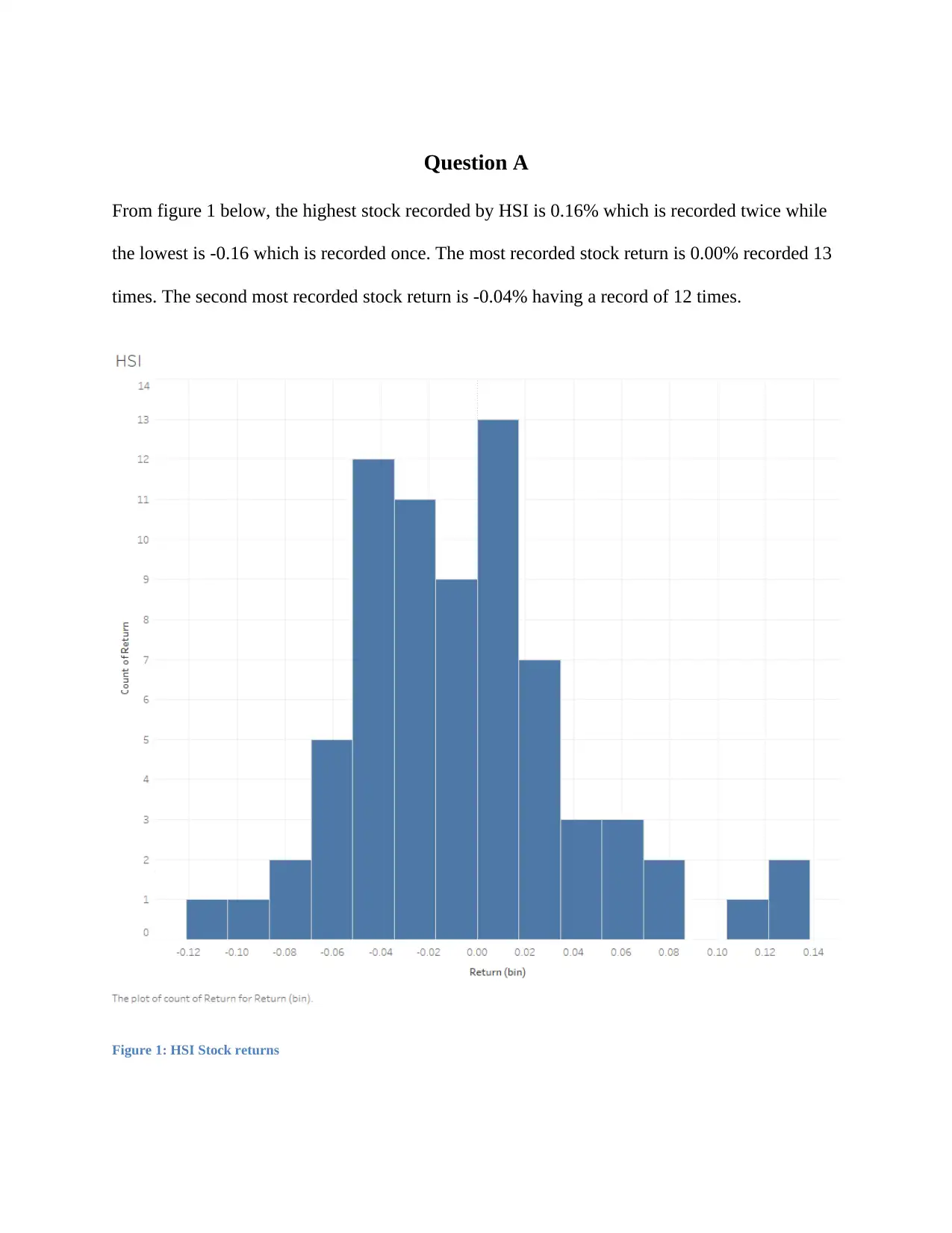
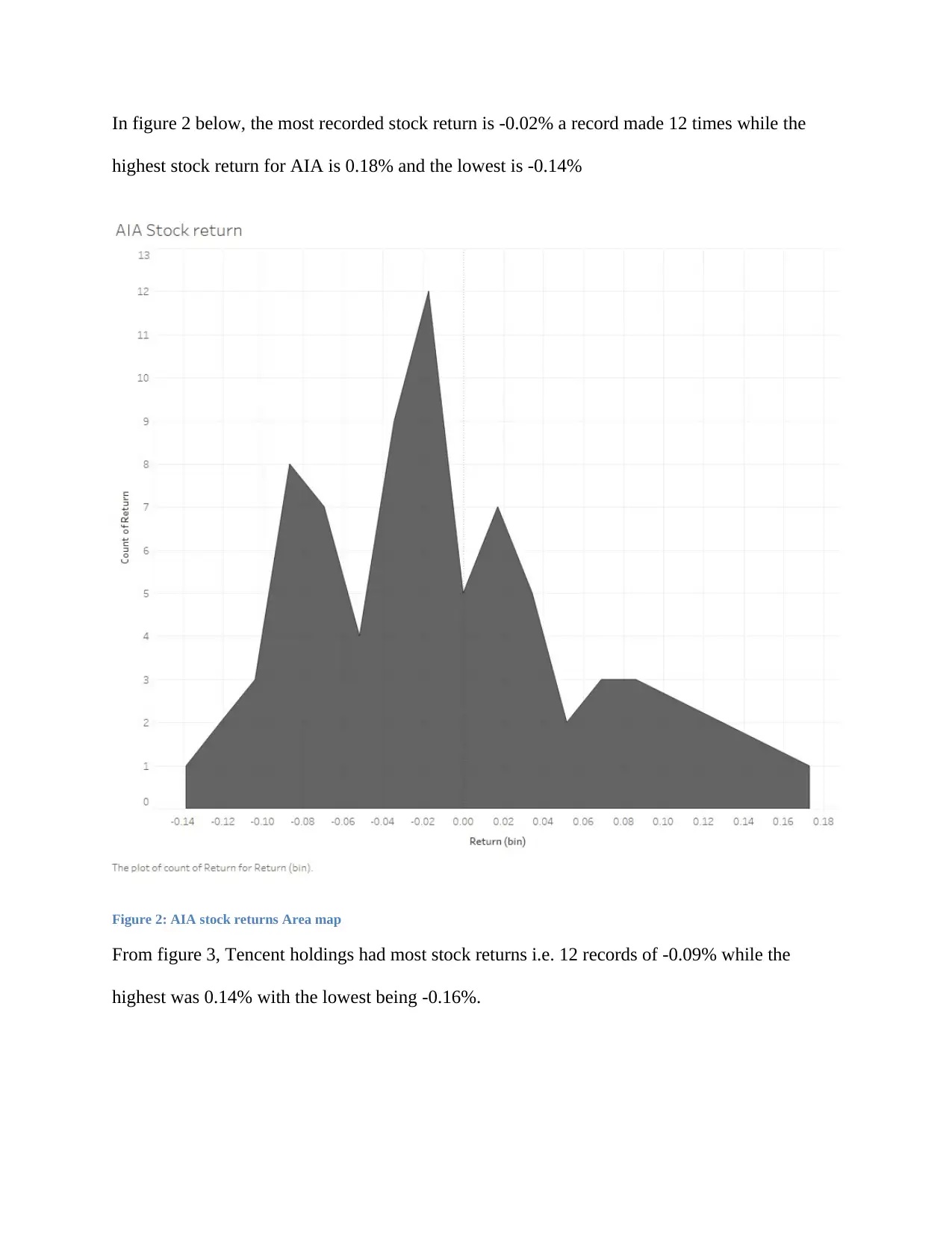
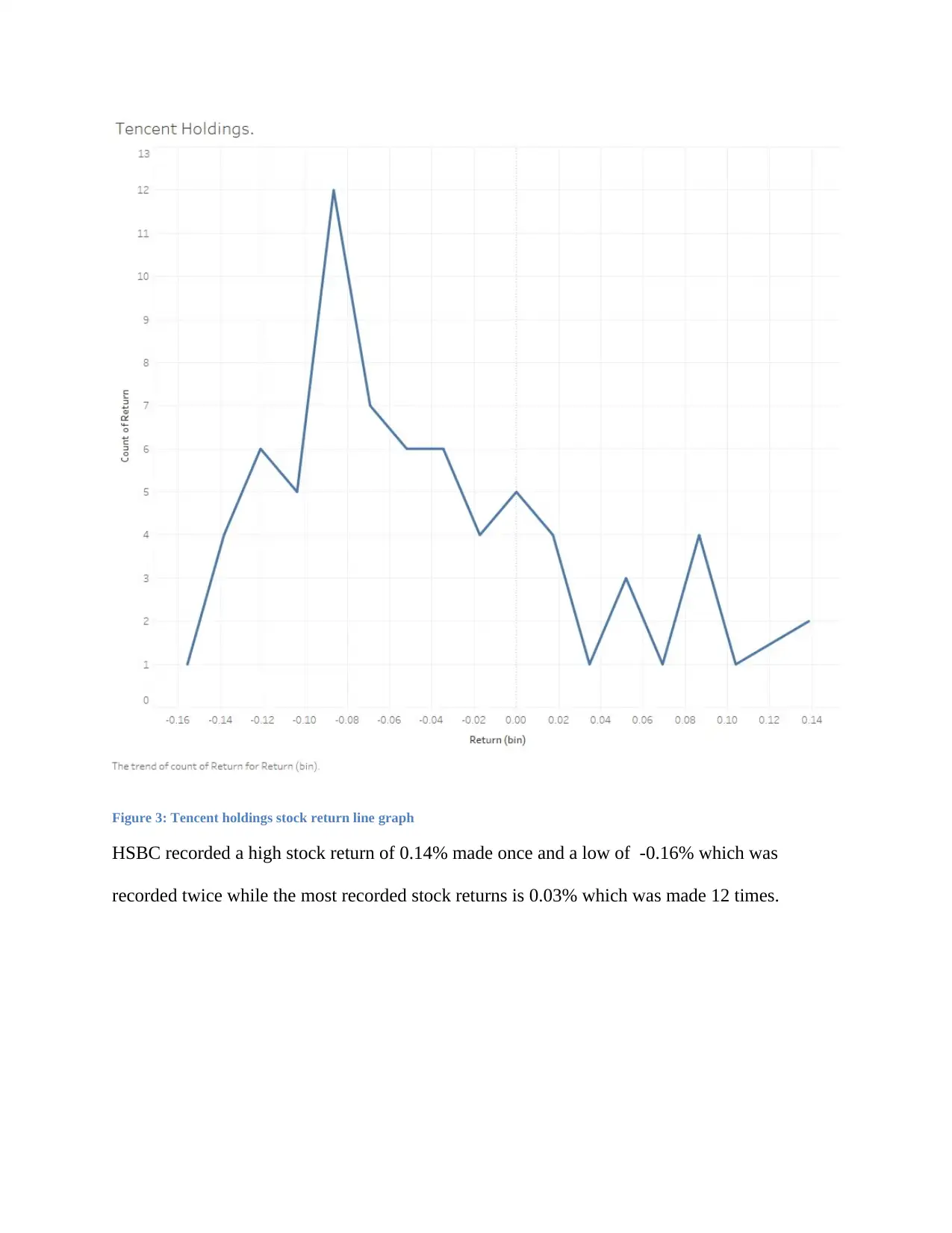

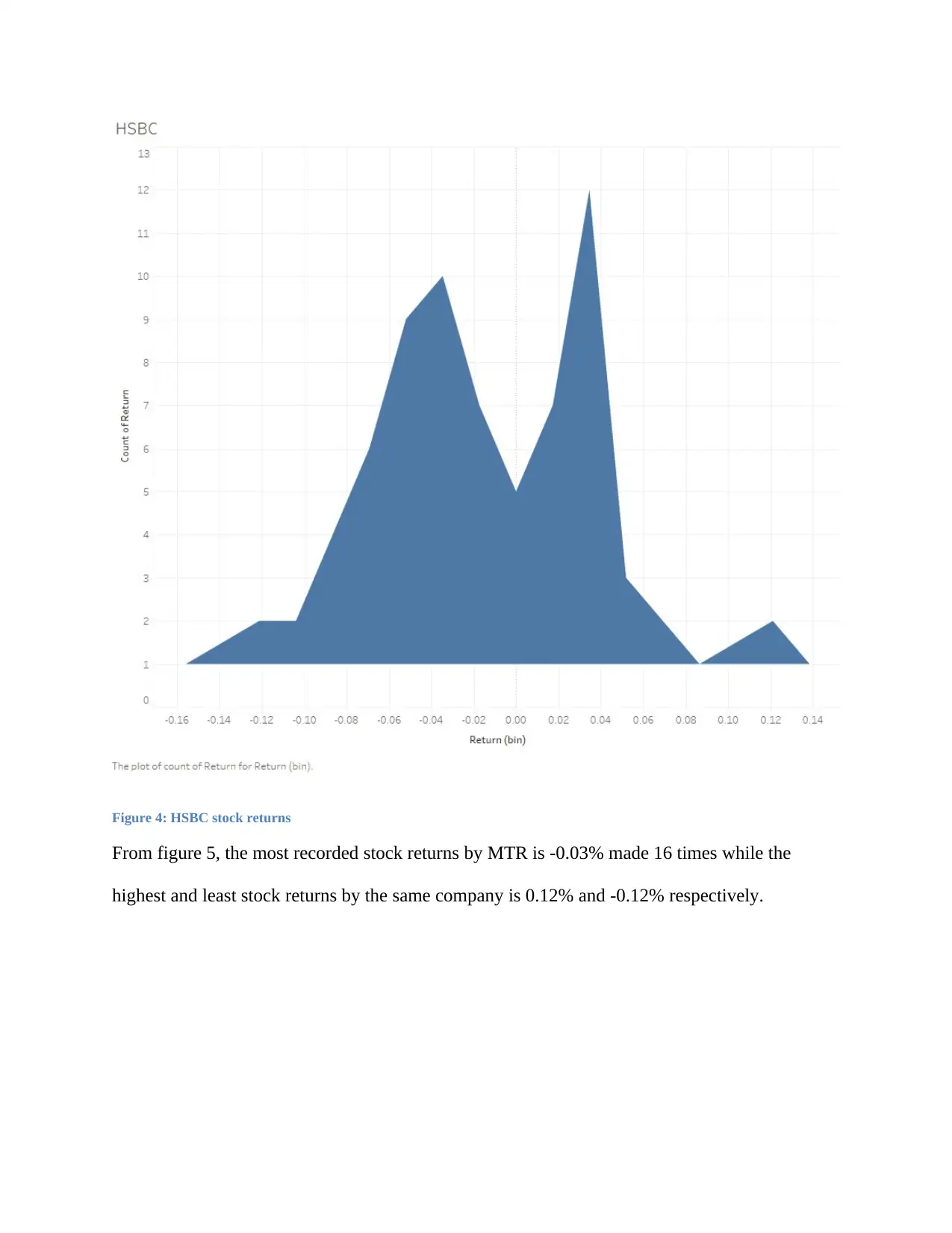
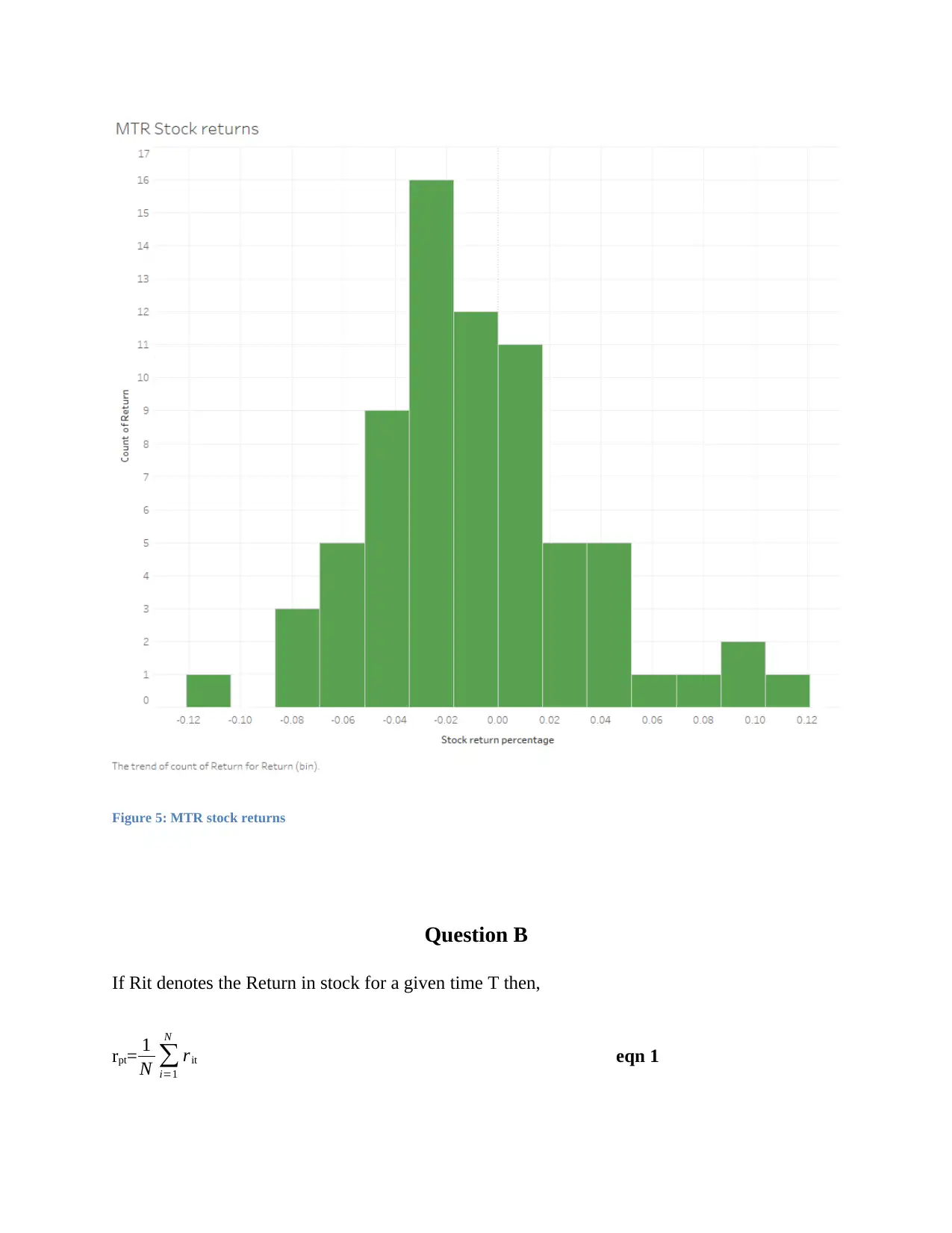
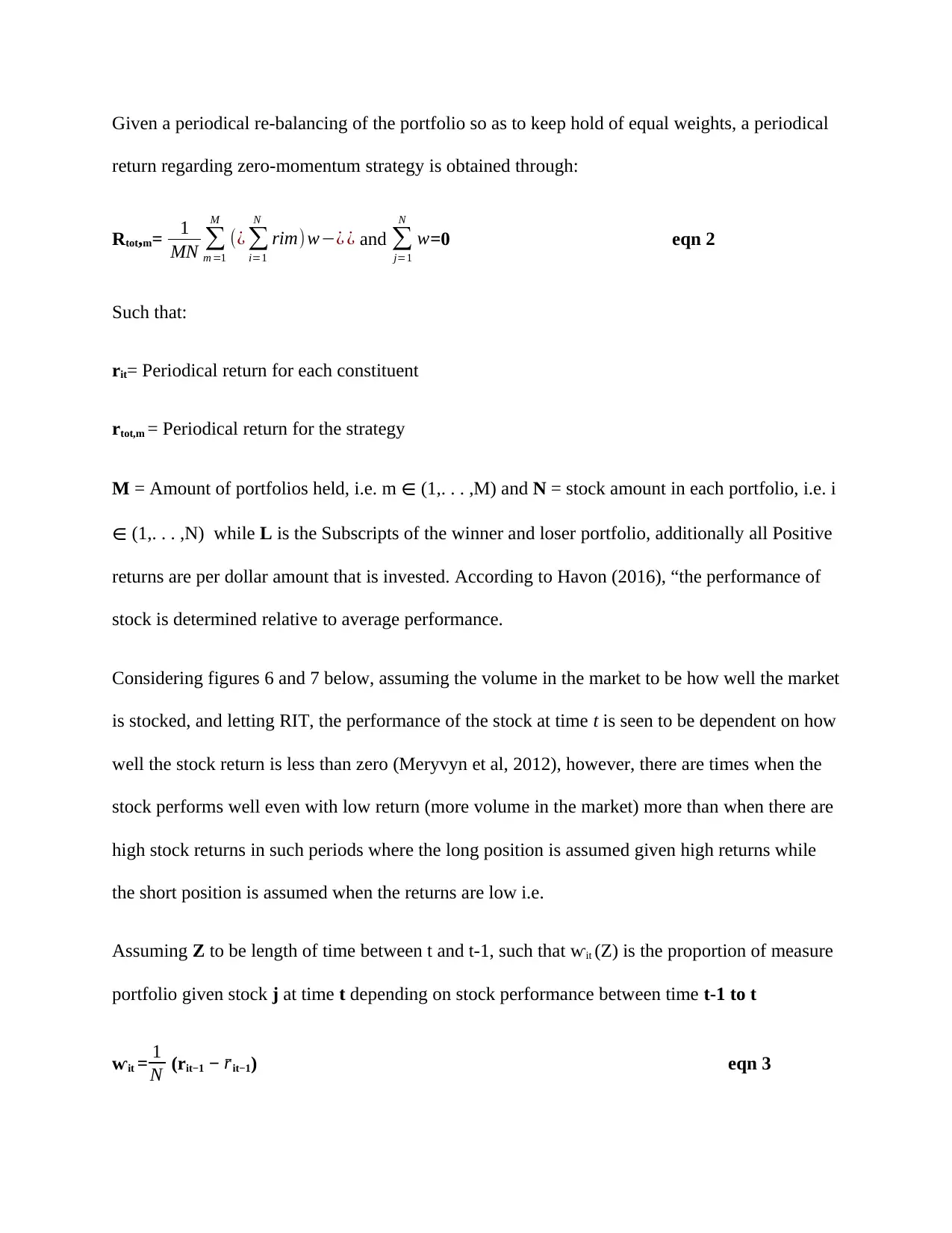
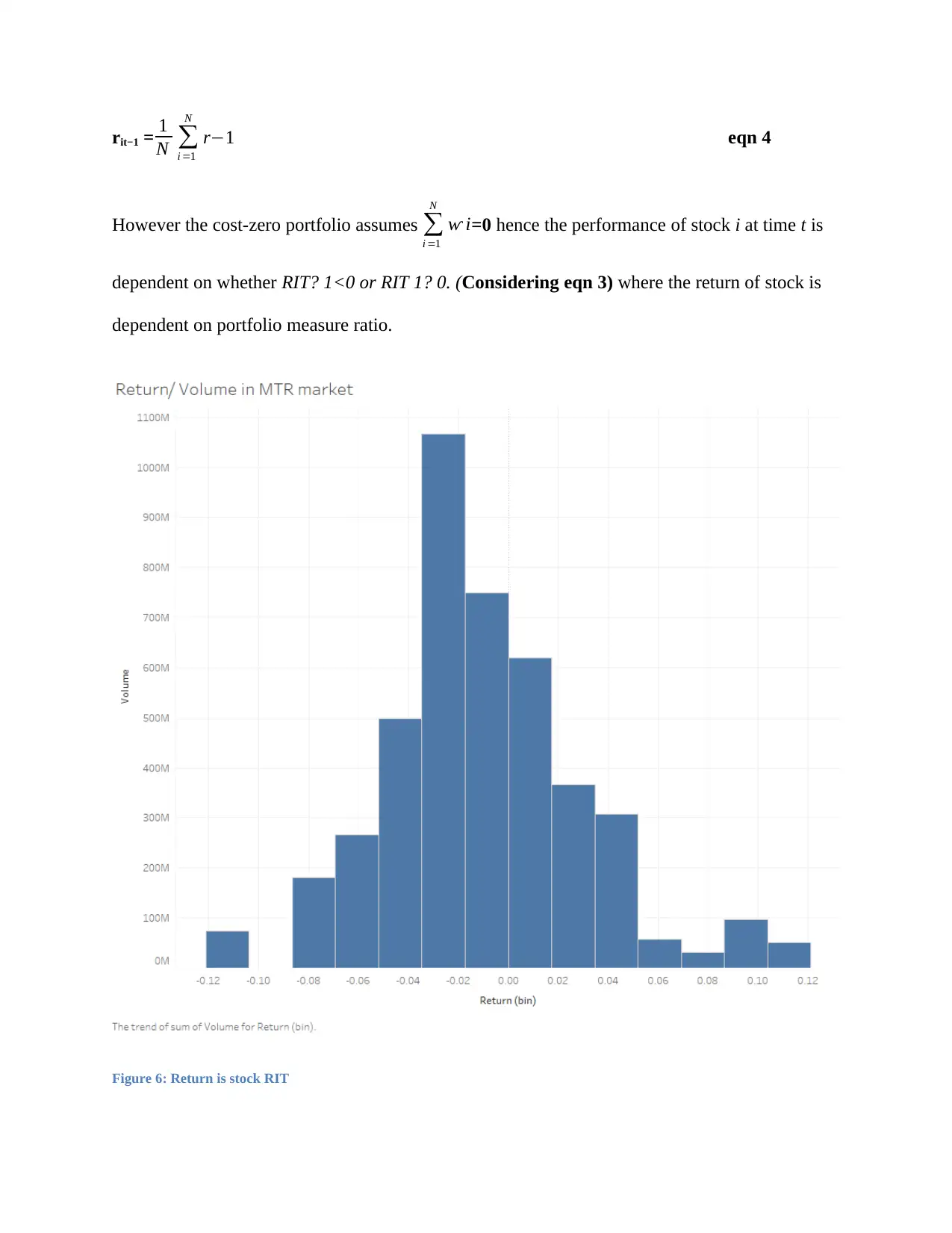
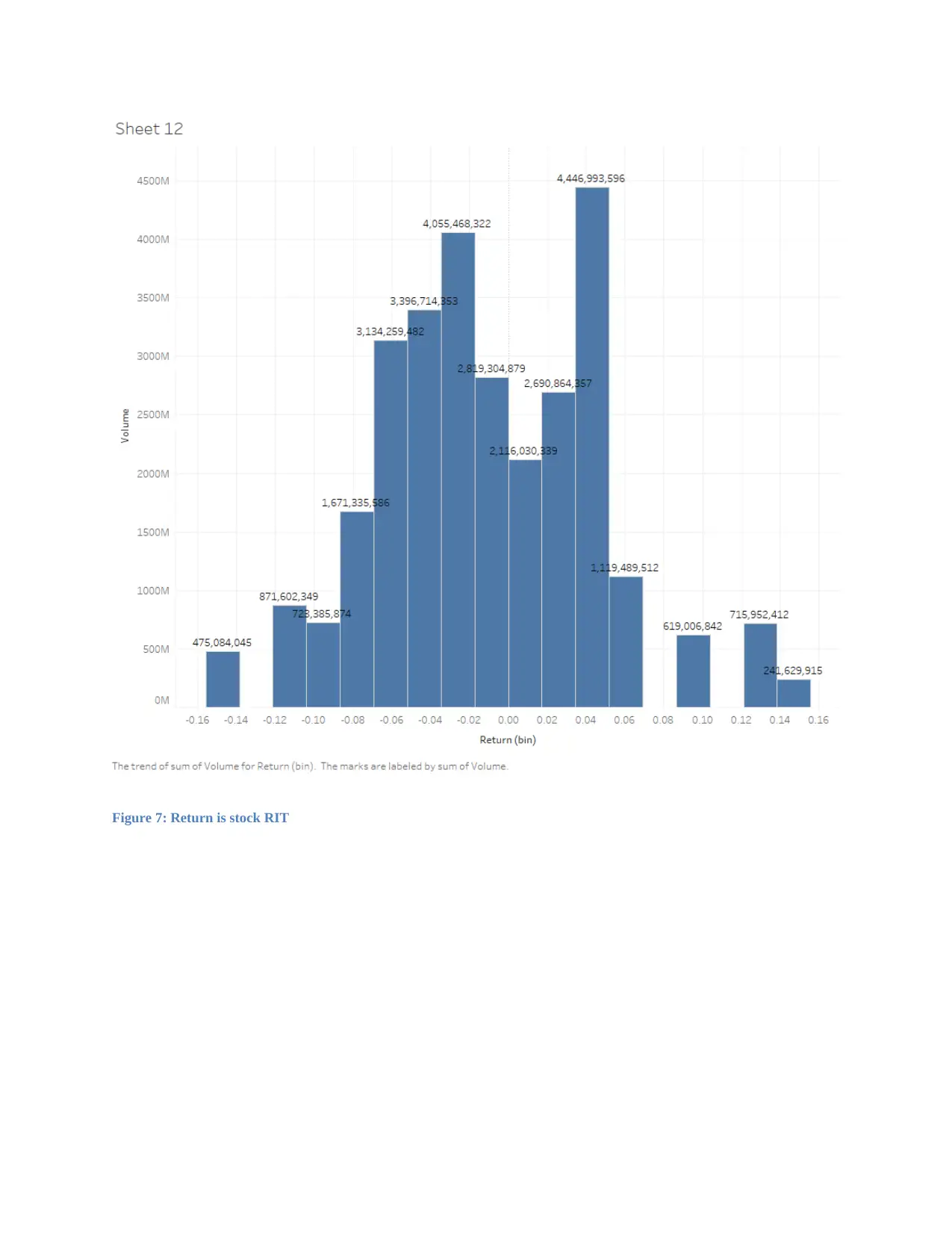
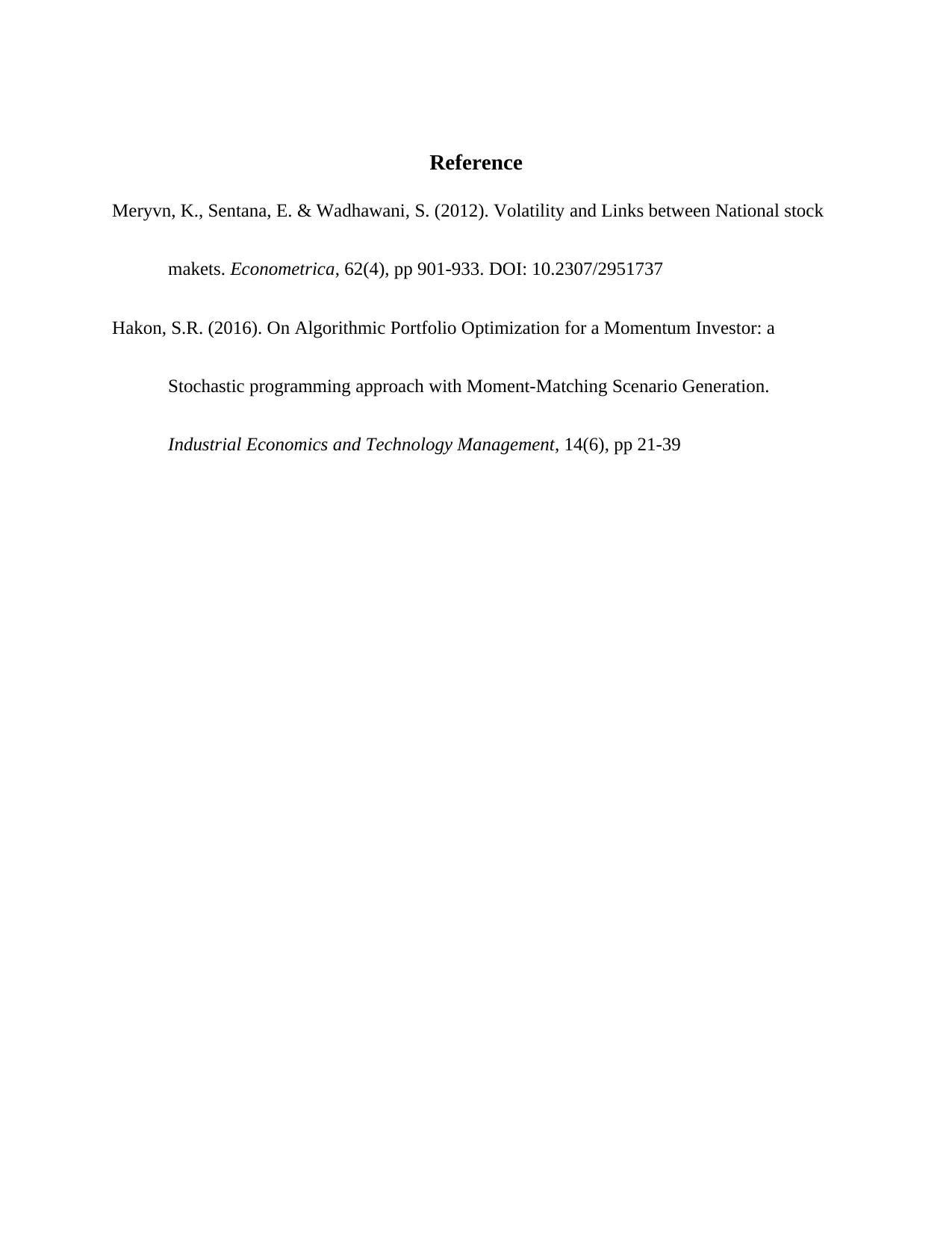
![[object Object]](/_next/static/media/star-bottom.7253800d.svg)